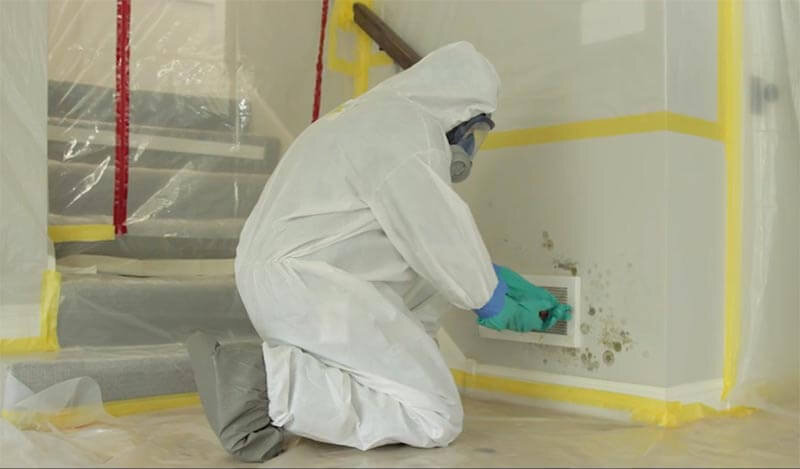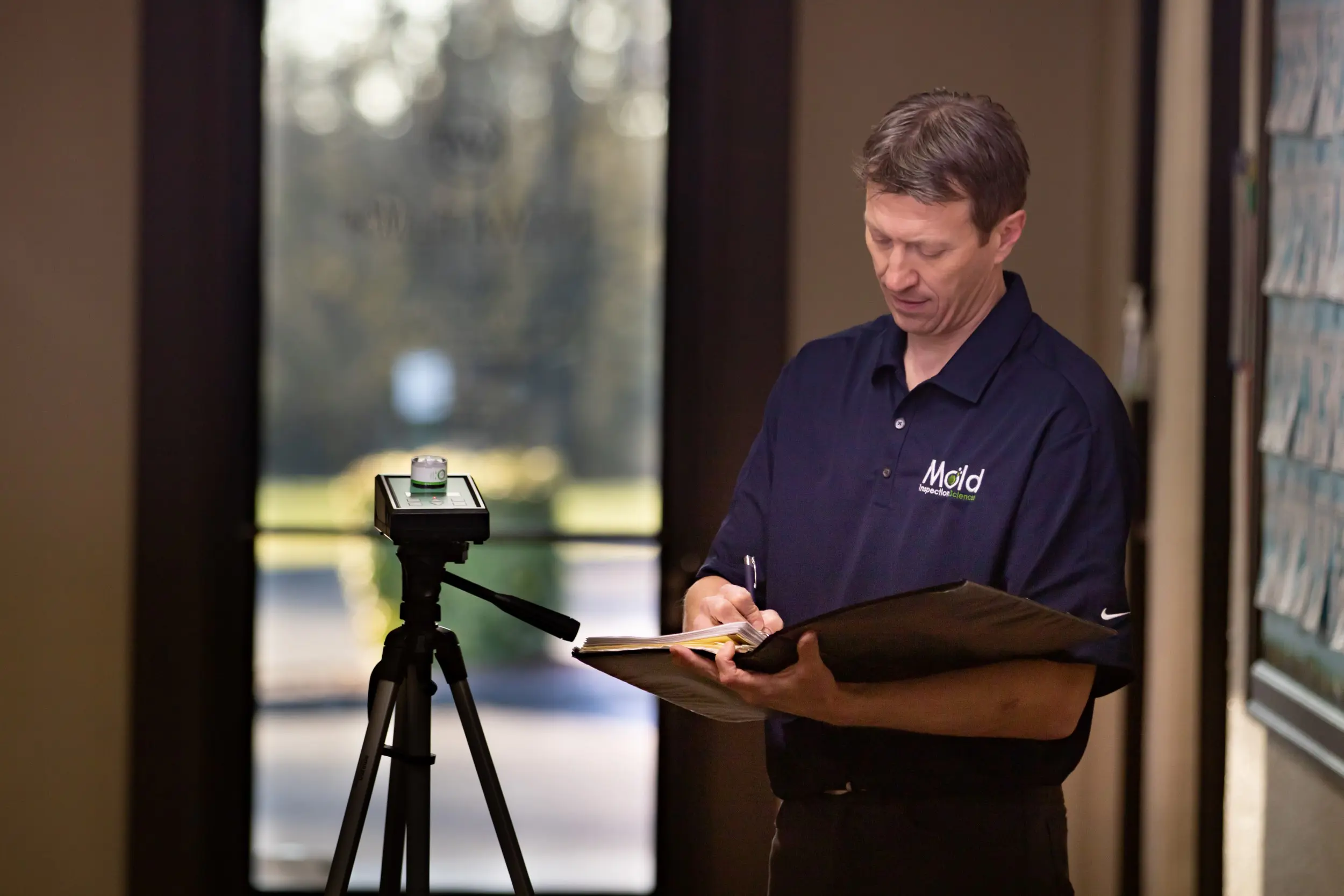Accessing Regional Post Remediation Mold Testing Near Me
Accessing Regional Post Remediation Mold Testing Near Me
Blog Article
Your Ultimate Overview to Article Mold Removal Strategies
In the after-effects of mold invasion, recognizing how to successfully eradicate the mold and stop its reoccurrence is vital for maintaining a healthy indoor setting. From selecting the appropriate cleaning and sanitizing methods to executing approaches for long-term mold and mildew avoidance, each step in the removal trip plays a vital duty in guaranteeing an effective outcome.
Comprehending Post-Mold Removal Process
After completing the mold remediation process, it is essential to understand the post-mold remediation techniques that are necessary to ensure a effective and comprehensive cleanup. Once the mold and mildew has actually been gotten rid of, the following action includes cleaning and disinfecting the affected areas to stop any kind of regrowth of mold and mildew. This includes making use of specialized cleansing agents to wipe down surface areas and eliminate any type of staying mold and mildew spores. It is vital to dry the location completely to prevent the development of mold in the future (Post Remediation verification). Appropriate ventilation and dehumidification can aid in this procedure.
Furthermore, conducting a final inspection post-remediation is vital to ensure that all mold has actually been efficiently gotten rid of. If the examination exposes any type of lingering mold, added removal may be required.
Effective Cleansing and Decontaminating Techniques

Protecting Against Future Mold And Mildew Growth

Importance of Correct Air Flow
Proper air flow plays an essential function in preventing dampness accumulation, a key aspect in mold development within indoor environments. Reliable ventilation systems help remove excess humidity from the air, minimizing the opportunities of mold spores discovering the dampness they require to spread and germinate. Without ample air flow, interior rooms can become a breeding place for mold, bring about prospective health dangers and architectural damages.
By making sure appropriate air circulation, air flow systems can likewise help in drying out wet areas a lot more quickly after water damage or flooding cases, even more hindering mold growth. After mold remediation. Precede like shower rooms, cooking areas, basements, and attics where dampness degrees tend to be higher, installing and preserving reliable air flow systems is critical in preventing mold invasions

Surveillance and Upkeep Tips
Given the crucial role that proper ventilation plays in stopping mold growth, it is necessary to establish effective monitoring and upkeep tips to ensure the ongoing capability of ventilation systems. Monitoring humidity levels within the property is also important, as high humidity can contribute to mold link and mildew development. By remaining aggressive and conscientious to the problem of ventilation systems, residential or commercial property owners can efficiently reduce the risk of mold and mildew regrowth and keep a healthy indoor setting.
Verdict
To conclude, post-mold remediation techniques are necessary for making sure a secure and tidy environment. Recognizing the process, executing effective cleansing and sanitizing techniques, stopping future mold development, preserving correct air flow, and routine tracking are all crucial action in the remediation procedure. By complying with these standards, you can efficiently remove mold and mildew and avoid its return, promoting a healthy and balanced living or working area for all occupants.
In the after-effects of mold invasion, knowing exactly how to effectively remove the mold and mildew and prevent its reoccurrence is extremely important for preserving a healthy and balanced indoor atmosphere. address When the mold has actually been gotten rid of, the next action includes cleaning and sanitizing the affected areas to protect against any regrowth of mold - what to do after mold remediation. After removing visible mold and mildew development, it is essential to clean up all surface areas in the damaged area to get rid of any type of continuing to be mold and mildew spores. To further enhance mold prevention procedures, it is crucial to attend to underlying issues that initially led to mold advancement.Provided the important duty that proper air flow plays in protecting against mold growth, it is necessary to develop reliable surveillance and maintenance suggestions to make certain the ongoing capability of air flow systems
Report this page